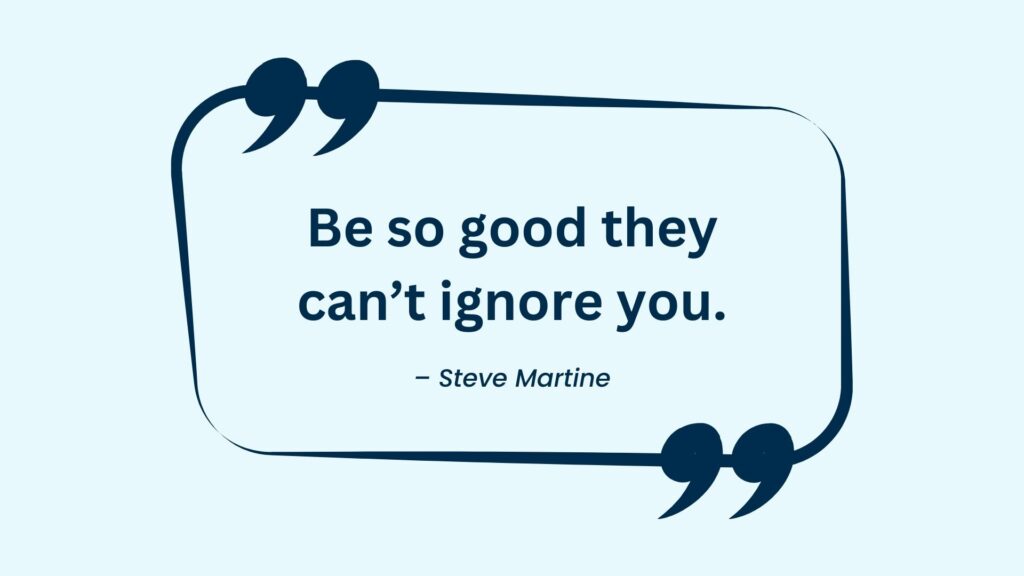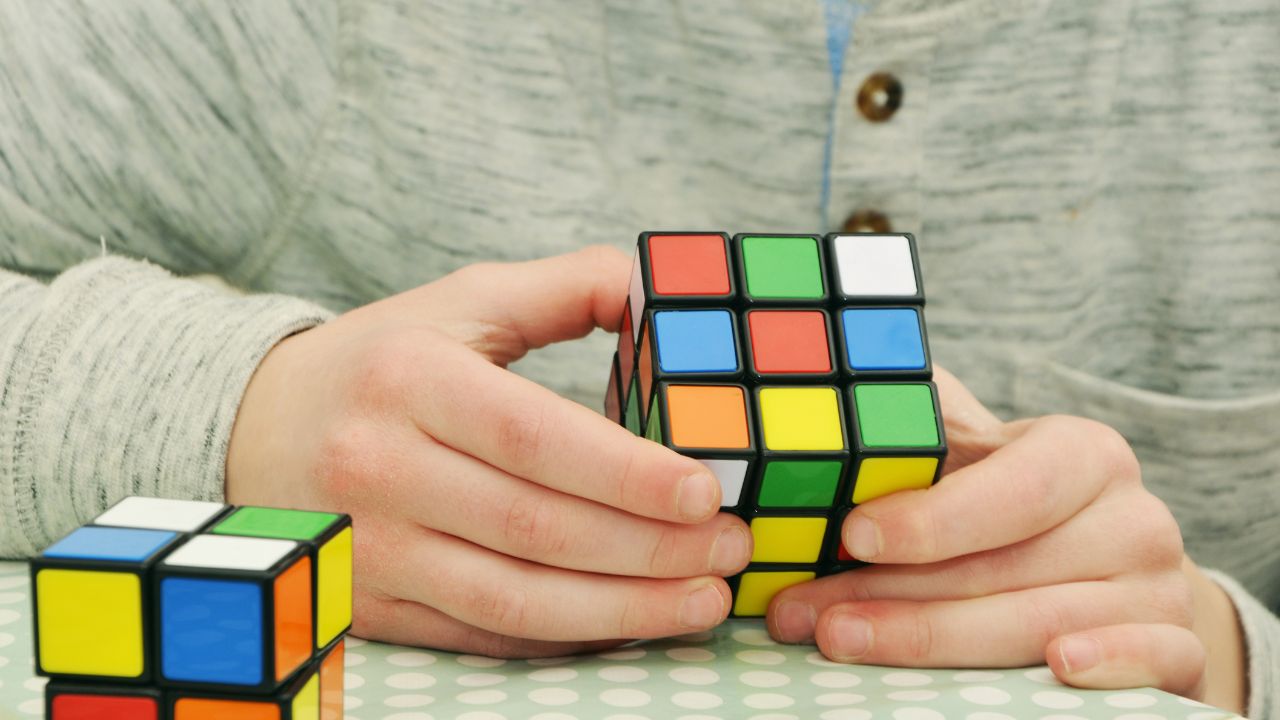Table of Contents [hide]
Have you ever found yourself staring at a Rubik’s Cube, feeling utterly defeated by its colorful and seemingly unsolvable puzzle? You’re not alone! The Rubik’s Cube has been a beloved brain-teaser for over 40 years, but many people still struggle to solve it. Luckily, there are several different approaches you can take to become a master of the cube. In this blog post, we’ll explore four methods from beginner to expert level: the Layer-By-Layer Method, the Beginner’s Cross, the Fridrich Method, and even the impressive One-Handed Method. Whether you’re new to cubing or looking to improve your skills, read on to discover which approach works best for you!
The Layer-By-Layer Method
The Layer-By-Layer Method is a popular approach to solving the Rubik’s Cube and is perfect for beginners. The strategy involves solving one layer of the cube at a time, starting with the bottom layer and working your way up.
To begin, you’ll need to learn how to solve the first layer, which consists of creating a cross using pieces that will eventually fit into their correct positions. Next, you’ll want to insert each corner piece in its proper place on that first layer.
Once you have completed this initial step, it’s time to move onto the second layer by positioning edge pieces appropriately within two layers of solved cubes. Once both top layers are complete but not yet solved, examine what needs fixing while keeping an eye out for possible movements.
With practice and patience under your belt when learning this method; anyone can master it within no time!
The Beginner’s Cross
The Beginner’s Cross is the first step in solving a Rubik’s Cube. It involves placing the four edge pieces of one color on their respective sides to form a cross.
To start, choose a color for your cross and locate its edge pieces. Look at the other colors on each piece to determine where it belongs. The center piece of that same color will be opposite from where you place it.
Next, find the corner pieces that match with your chosen color and place them under their corresponding side centers.
Using simple algorithms or sequences of moves, move these edge pieces to align with their correct side centers until you have successfully formed a cross pattern.
Once you have mastered this beginner technique, you can move onto more advanced methods for completing the entire cube puzzle!
Also Read : A Beginner’s Guide to Setting Up Solitaire: 5 Variations to Try
The Fridrich Method
The Fridrich Method is a popular speedcubing technique that allows you to solve the Rubik’s Cube in under 20 seconds. This method was developed by Jessica Fridrich, who is known as the “Queen of Cubing”. The method involves solving the cube layer-by-layer but with more efficient algorithms than those used in the Layer-By-Layer method.
To start with the Fridrich Method, you need to first master the Beginner’s Cross and F2L (First Two Layers) techniques. Once mastered, you can move on to OLL (Orientation of Last Layer) and PLL (Permutation of Last Layer). These two steps allow you to solve all corners and edges on the last layer using only a few algorithms.
One advantage of this method is its efficiency in solving multiple layers at once without undoing previous work. It also helps reduce memorization time for advanced cubers since they only need to learn fewer algorithms than other methods.
However, mastering this method requires lots of practice as it involves complex finger movements and quick recognition skills. But if done correctly, it can lead to faster times and impressive solves!

The One-Handed Method
The One-Handed Method is a challenging but impressive way to solve the Rubik’s Cube. As the name suggests, this method involves using only one hand to manipulate the cube and solve it within minutes.
To start with this method, you need to master solving the cube using both hands. Once you are comfortable with that, start practicing solving it with just one hand. It may take some time and practice before you can successfully execute all of the moves required for this method.
One-handed solving requires different finger movements than two-handed methods. You will likely find yourself twisting your wrist and fingers in new ways as you work through each step of the solution.
This method is not recommended for beginners or those who have not yet mastered other techniques for solving Rubik’s Cubes. However, if you’re up for a challenge and want to impress your friends, then give The One-Handed Method a try!
Mastering The One-Handed Method takes time and patience, but it can be an incredibly rewarding experience once achieved.
Also Read : Express Yourself: Discover the Power of 250+ Words to Describe Your Unique Self
Conclusion
Solving a Rubik’s Cube can be quite challenging and frustrating at first. However, with practice and patience, anyone can become an expert solver. The key is to find the method that works best for you.
Whether you choose the beginner’s cross or decide to take on the one-handed method, remember that consistency is key. Keep practicing until you master each step of your chosen method before moving onto more advanced techniques.
Additionally, while it may seem daunting at first, learning how to solve a Rubik’s Cube can have numerous benefits beyond just impressing your friends. It can improve memory retention, spatial awareness skills and even help relieve stress.
So don’t give up if you’re struggling to solve the cube! Follow these four different approaches and keep pushing yourself towards becoming an expert in no time!







